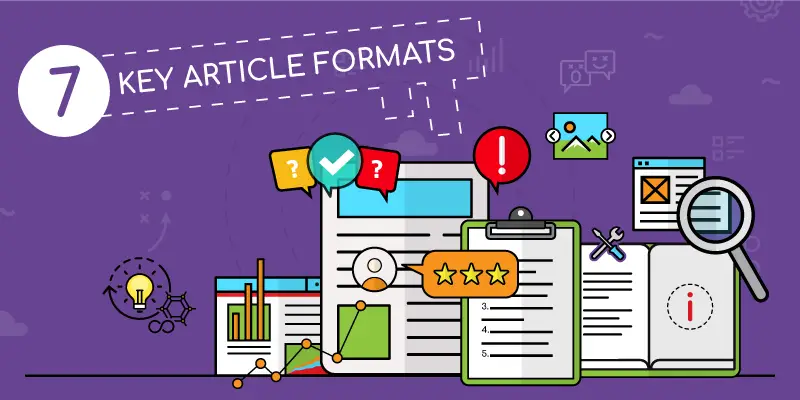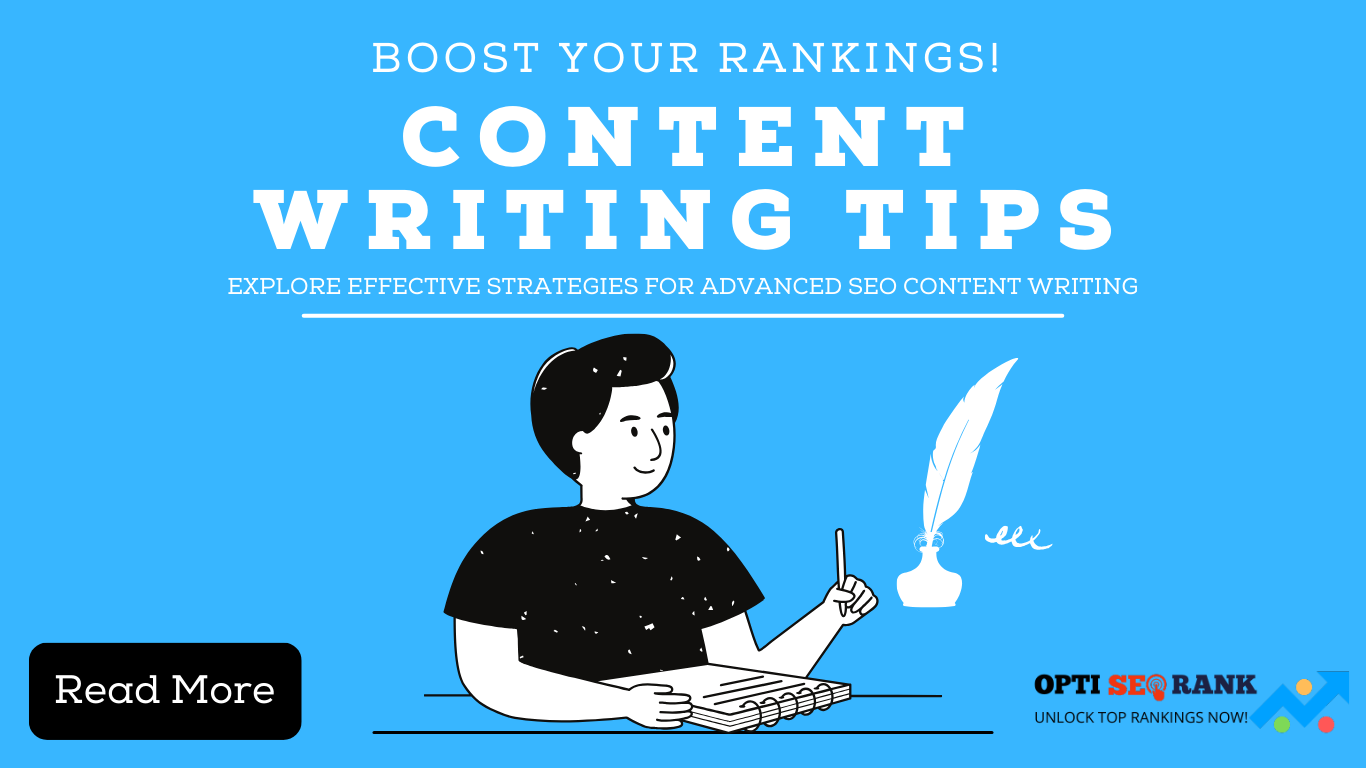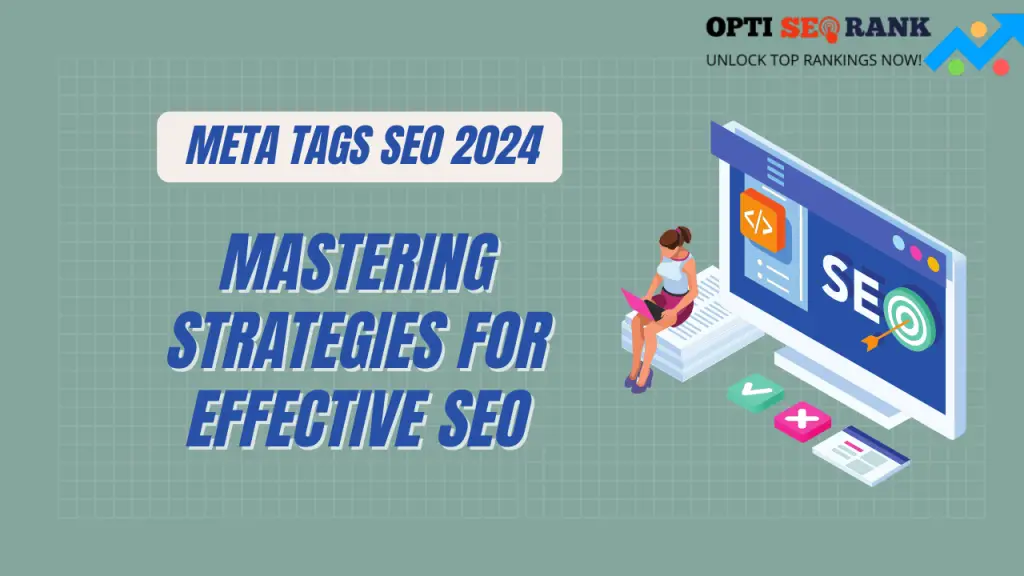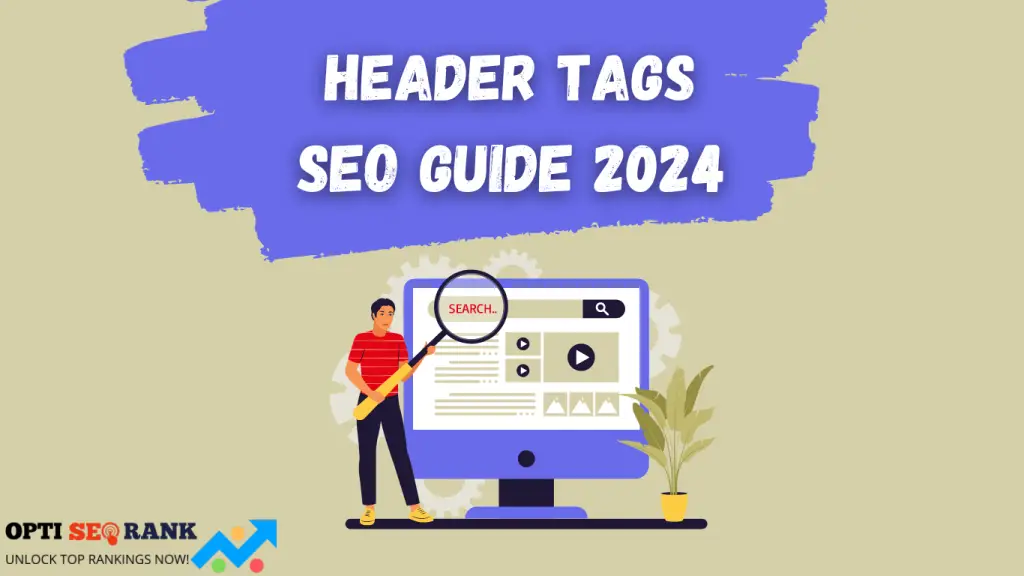Mastering advanced SEO-friendly content requires skill and strategy. This guide offers comprehensive insights to elevate your writing.
Crafting advanced SEO-friendly content is crucial for online success. High-quality, optimized content improves search engine rankings and user engagement. Writers must balance keyword integration with readability to attract and retain readers. Effective SEO content involves thorough research, strategic keyword placement, and engaging writing.
Quality content establishes authority, drives traffic, and enhances user experience. By mastering these techniques, writers can significantly boost their content’s visibility and impact. This guide will provide you with the essential tools and strategies to excel in creating advanced SEO-friendly content. Start refining your craft and watch your online presence grow.
Introduction To Advanced Seo Content

Writing advanced SEO-friendly content is essential for online success. It helps your website rank higher on search engines. This guide will help you master the craft of SEO writing.
Importance Of Seo
SEO, or Search Engine Optimization, is crucial for visibility. It ensures your content appears in search results. Higher rankings lead to more traffic and engagement.
SEO helps build trust and credibility. Users trust search engines to provide relevant results. Ranking higher means users see your content as valuable.
Effective SEO increases your site’s usability. It ensures users find the information they seek. This improves their experience on your site.
Evolution Of Seo Strategies
SEO has changed over the years. Early strategies focused on keyword stuffing. Today, quality content is more important.
Search engines now use complex algorithms. These algorithms consider content relevance and user intent. This means you need to write for humans, not just search engines.
Modern SEO strategies focus on user experience. This includes page load speed, mobile-friendliness, and engaging content.
Table: Key Seo Strategies Over Time
| Era | Primary Focus | Key Techniques |
| Early 2000s | Keywords | Keyword stuffing, meta tags |
| 2010s | Content Quality | Quality content, backlinks |
| 2020s | User Experience | Mobile optimization, page speed |
Keyword Research Techniques

Mastering the craft of writing advanced SEO-friendly content requires a deep understanding of keyword research techniques. These techniques help identify the most effective keywords to target, driving more traffic to your website. Let’s dive into some crucial aspects of keyword research.
Finding High-volume Keywords
High-volume keywords are terms frequently searched by users. Targeting these can boost your site’s visibility. Use tools like Google Keyword Planner or Ahrefs to find these keywords. Follow these steps:
- Open your keyword research tool.
- Enter a broad topic related to your content.
- Check the search volume for each keyword.
- List down high-volume keywords with low competition.
Focus on keywords relevant to your niche. This ensures targeted traffic and better engagement.
Long-tail Keywords
Long-tail keywords are phrases with three or more words. They are more specific and have lower competition. Here’s how to find long-tail keywords:
- Use tools like Ubersuggest or SEMrush.
- Analyze the search intent behind these phrases.
- Combine these with your main keywords.
Long-tail keywords can drive highly targeted traffic. They often convert better because they match specific user queries.
For instance, instead of targeting “shoes”, you can target “best running shoes for kids”. This helps attract users looking for exactly what you offer.
| Keyword Type | Example |
| High-Volume Keyword | Running Shoes |
| Long-Tail Keyword | Best Running Shoes for Kids |
Effective keyword research is the foundation of SEO success. By integrating high-volume and long-tail keywords, you can enhance your content’s reach and relevance.
Crafting Engaging Headlines
Creating engaging headlines is crucial for capturing readers’ attention. A compelling headline can make or break your content’s success. The right headline encourages clicks and boosts your SEO efforts. Let’s explore how to craft the perfect headline.
Power Words
Power words are emotional and persuasive words. They evoke strong responses from readers. Use them to make your headlines more compelling.
| Type of Power Word | Examples |
| Emotional | Unbelievable, Heartwarming, Amazing |
| Fear-Inducing | Dangerous, Risky, Alarming |
| Encouraging | Success, Triumph, Victory |
Incorporate these words to make your headlines irresistible. They can enhance the curiosity of your audience.
Headline Formulas
Using headline formulas can simplify the process of creating engaging headlines. These formulas are proven to work well in various niches.
- How-To Headlines: “How to [Achieve Something] in [Time Frame]”
- List Headlines: “10 Best Ways to [Do Something]”
- Question Headlines: “Are You [Doing Something] the Right Way?”
These formulas can guide you in crafting headlines. They ensure your headlines are clear and effective.
Remember, the goal is to attract and retain readers. Use power words and headline formulas to create engaging headlines that drive traffic and boost your SEO.
Optimizing On-page Elements
On-page elements are crucial for SEO. They help search engines understand your content. Here, we’ll discuss meta descriptions and header tags. These elements can make your content stand out.
Meta Descriptions
Meta descriptions are short summaries of your page. They appear in search results. A good meta description can increase your click-through rate.
Here are some tips for writing effective meta descriptions:
- Keep it under 160 characters.
- Include your main keyword.
- Make it engaging and clear.
Here’s an example:
Header Tags
Header tags structure your content. They range from H1 to H6. Search engines use these tags to understand your content hierarchy.
Here are some tips for using header tags:
- Use H1 for the main title. Only one H1 per page.
- Use H2 for main sections.
- Use H3 and below for sub-sections.
Here’s an example structure:
| Tag | Content |
| Main Title | |
| Main Section | |
| Sub-section |
Using header tags correctly improves readability. It also helps search engines understand your content better.
Creating Quality Content
Creating quality content is key to mastering SEO. Quality content attracts readers and search engines. It builds trust and authority. In this section, we will explore how to create such content.
Content Structure

The structure of your content impacts its readability. A clear structure helps readers navigate your post. It also helps search engines understand the content.
- Headings: Use headings to break up sections. This makes it easy to scan.
- Paragraphs: Keep paragraphs short. Each paragraph should cover one idea.
- Lists: Use lists to highlight key points. This adds variety to your text.
| Element | Purpose |
| Headings | Organize content into sections |
| Paragraphs | Keep text readable |
| Lists | Highlight key points |
Readability Tips
Good readability keeps readers on your page. Here are some tips to improve readability:
- Simple Words: Use simple words. Avoid jargon and complex terms.
- Short Sentences: Keep sentences short. Aim for 12 words or less.
- Active Voice: Write in the active voice. It makes your content more engaging.
Good readability also helps with SEO. Search engines favor content that users find easy to read. Follow these tips to make your content both user-friendly and SEO-friendly.
Utilizing Multimedia
Mastering SEO content involves more than just text. Incorporating multimedia can significantly boost engagement. It enriches the user experience and improves SEO rankings.
Images And Videos
Images and videos are essential in today’s digital world. They capture attention and convey messages quickly. Optimize images by using descriptive filenames and alt texts. This makes them accessible to search engines and users. Compress images to ensure fast loading times. Use formats like JPEG for photos and PNG for graphics.
Videos can greatly enhance your content. Create engaging and informative videos relevant to your topic. Embed them within your content to keep visitors on your page longer. Use platforms like YouTube for hosting. Always include transcripts for accessibility and SEO benefits.
Infographics
Infographics simplify complex information. They make data visually appealing and easy to understand. Use tools like Canva or Piktochart to create high-quality infographics. Ensure they are mobile-friendly and easy to read on all devices. Include keywords in the infographic’s file name and alt text.
Share your infographics on social media to increase reach. This can generate more backlinks, improving your SEO. Make sure to provide embed codes so others can share them on their websites.
| Multimedia Type | Benefits | SEO Tips |
| Images | Enhance visual appeal | Use alt text and descriptive filenames |
| Videos | Increase engagement | Include transcripts and host on YouTube |
| Infographics | Simplify complex data | Mobile-friendly and keyword-rich |
Utilize these multimedia elements to create engaging, SEO-friendly content. They enhance user experience and boost your search engine rankings.
Internal And External Linking
Linking within your content plays a crucial role in SEO. Both internal and external linking can significantly boost your site’s visibility and authority. Mastering this craft involves understanding the balance and best practices for both.
Anchor Text Best Practices
Anchor text is the clickable text in a hyperlink. It should be descriptive and relevant. This helps both users and search engines understand what the linked page is about.
- Keep it relevant: Ensure the anchor text matches the content of the linked page.
- Use keywords: Incorporate targeted keywords naturally into your anchor text.
- Avoid generic phrases: Phrases like “click here” do not provide context.
- Be concise: Keep anchor text short and to the point.
Building Authority
Links can build your site’s authority. Internal links keep users on your site longer. External links connect your content to high-authority sources.
| Type of Link | Purpose | Benefit |
| Internal Links | Connect related pages within your site | Improves user navigation and engagement |
| External Links | Link to authoritative external sources | Enhances credibility and trustworthiness |
Ensure you balance internal and external links. Too many links can be overwhelming. A strategic approach is best.
Analyzing And Improving Performance
Analyzing and improving your content’s performance is essential for success. You need to understand what works and what doesn’t. This section will guide you through essential tools and metrics.
Seo Tools
Using the right SEO tools can transform your content strategy.
- Google Analytics: This tool provides insights into your website traffic and user behavior.
- Google Search Console: It helps you monitor and maintain your site’s presence in search results.
- SEMrush: This tool offers keyword research, site audits, and competitor analysis.
- Ahrefs: Known for backlink analysis and keyword research.
These tools help identify areas for improvement. They also track progress over time.
User Engagement Metrics
User engagement metrics show how users interact with your content. These metrics are critical for SEO.
| Metric | Description |
| Bounce Rate | The percentage of visitors who leave after viewing one page. |
| Average Session Duration | The average time users spend on your site. |
| Pages Per Session | The average number of pages a user views in one session. |
| Click-Through Rate (CTR) | The ratio of users who click on a specific link to the number of total users who view a page. |
Analyzing these metrics helps tailor your content to user needs. This can improve SEO rankings and user satisfaction.
Staying Updated With Seo Trends
Staying updated with SEO trends is crucial for writing advanced SEO-friendly content. The digital landscape changes rapidly, and so do search engine algorithms. To keep your content ranking high, you need to stay informed about the latest updates and industry news.
Algorithm Updates
Search engines like Google frequently update their algorithms. These changes can affect your content’s ranking. Keeping track of algorithm updates helps you understand what search engines prioritize. For example, Google’s BERT update emphasizes natural language understanding. Knowing this can guide you to write more conversational content.
To stay updated, subscribe to SEO newsletters. Follow industry leaders on social media. Regularly check Google’s official blog. Here is a simple table to list some reliable sources:
| Source | Link |
| Google Blog | Visit |
| Moz | Visit |
| Search Engine Land | Visit |
Industry News
Staying updated with industry news is equally important. Changes in the industry can influence SEO best practices. For instance, the rise of voice search affects keyword strategies. You should know how to optimize for voice search.
Join online forums and SEO communities. Attend webinars and conferences. Reading SEO blogs can also keep you informed. Here are some key actions:
- Join SEO forums
- Attend webinars
- Read industry blogs
By staying updated, you can adapt your strategies. This ensures your content remains relevant and high-ranking.
Frequently Asked Questions
How Do You Write Seo-friendly Content?
To write SEO-friendly content, use relevant keywords naturally. Create engaging, informative content. Ensure proper headings and subheadings. Optimize meta descriptions and images. Keep paragraphs short and concise.
How To Write Seo Content Step By Step?
To write SEO content, start with keyword research. Create an outline. Write engaging, keyword-rich content. Optimize headers, meta tags, and images. Proofread and publish.
How To Write Seo Friendly Content In Pdf?
To write SEO-friendly content in a PDF, use targeted keywords naturally. Structure content with headings and subheadings. Keep paragraphs short and engaging. Include internal and external links. Optimize images with alt text. Ensure your PDF is easily accessible and mobile-friendly.
What Is The Best Seo Content Writing Company?
The best SEO content writing company varies based on needs. Top choices include WebFX, Ignite Digital, and Neil Patel Digital.
Conclusion
Mastering advanced SEO-friendly content writing requires practice and dedication. Focus on quality, relevance, and user engagement. Keep your content updated and aligned with current SEO trends. Remember, well-crafted content attracts both search engines and readers. With these strategies, you can elevate your writing and achieve better online visibility.




Your article helped me a lot, is there any more related content? Thanks!